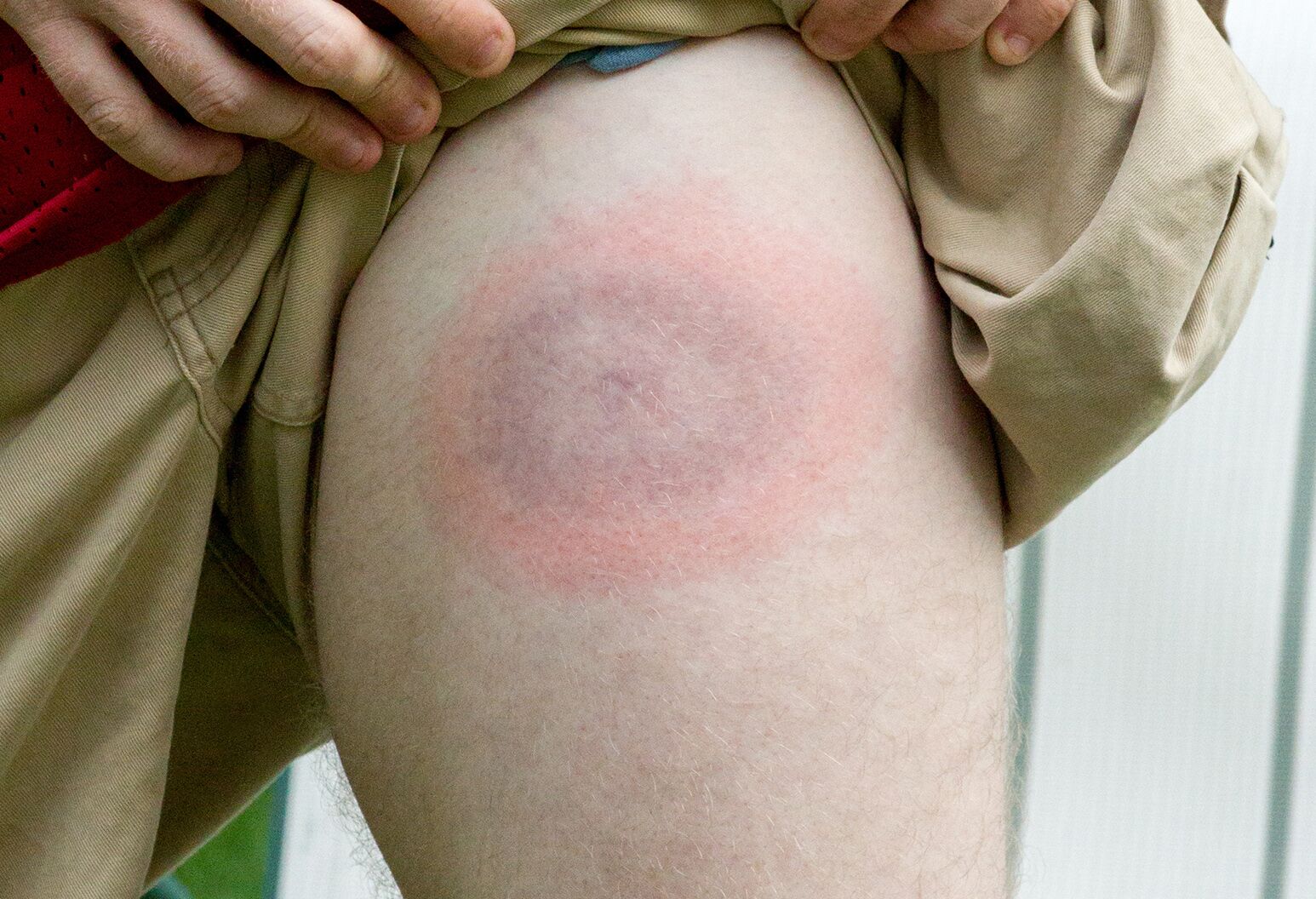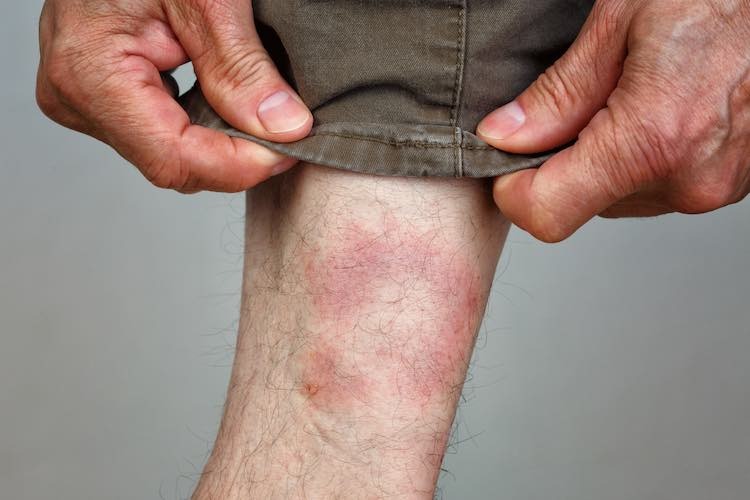Check out the Conveniences of Signing Up With the Lymecare Alliance Today
Check out the Conveniences of Signing Up With the Lymecare Alliance Today
Blog Article
Lyme Illness Recognition Month-- Find Out Just How to Shield Yourself
April is marked as Lyme Illness Recognition Month, serving as a vital suggestion of the value of understanding and preventing this progressively widespread tick-borne illness. As we check out the nuances of Lyme condition, it becomes clear that understanding is not simply regarding info; it is concerning taking meaningful action to secure ourselves and our communities.
Recognizing Lyme Illness
Comprehending Lyme Condition starts with acknowledging its origins and transmission. This contagious disease is mostly triggered by the bacterium Borrelia burgdorferi, which is transferred to people through the bite of infected black-legged ticks, generally called deer ticks. These ticks grow in wooded and grassy areas, making outside activities a prospective threat for exposure.
The lifecycle of the tick is crucial to understanding exactly how Lyme Illness spreads (Lymecare Alliance). Normally, the ticks begin feeding in the larval phase, frequently acquiring the germs from small animals, such as rodents or deer. As they become fairies or adults, they can then transfer the germs to larger hosts, consisting of human beings

Identifying Symptoms Early
Early recognition of Lyme Illness signs and symptoms is important for effective therapy and recuperation. Lyme Disease, transferred largely with the bite of infected black-legged ticks, can bring about serious difficulties if not resolved without delay. The first symptoms frequently appear within three to thirty days following a tick bite and may include high temperature, cools, fatigue, muscular tissue and joint aches, and swollen lymph nodes.
Among the trademark signs of Lyme Disease is the particular erythema migrans rash, which appears like a "bull's- eye" pattern and generally emerges at the website of the tick bite. This rash might not appear in every situation, making it essential to stay cautious regarding other signs.
People that have actually been in areas where Lyme Illness is native should be mindful and monitor their health carefully after prospective direct exposure. Awareness and education about these early indicators are vital in combating the effect of Lyme Condition.
Effective Prevention Techniques
Protecting against Lyme Condition calls for a positive method, specifically for individuals that frequent locations where ticks prevail. Comprehending reliable avoidance techniques is important in lessening exposure to these disease-carrying arachnids.
First, it is vital to put on appropriate clothing when in tick-infested settings. Lengthy sleeves, long pants, and closed-toe shoes can dramatically lower skin direct exposure. Think about treating clothing with permethrin, a bug spray that continues to be efficient through numerous laundries.
In addition, applying a tick repellent consisting of at least 20% DEET to revealed skin can additionally safeguard against attacks. Frequently examining for ticks after exterior tasks is vital; do extensive body evaluations, particularly in warm, wet locations such as behind the knees and within the hairline.
Creating a tick-safe environment around your home is additionally useful. Maintain your yard well-kept by i thought about this mowing the yard routinely, removing fallen leave litter, and developing obstacles of crushed rock or wood chips to separate woody areas from entertainment rooms.
What to Do After a Bite
Right away after a tick bite, it is essential to take swift activity to minimize the risk of Lyme Disease transmission. First, thoroughly remove the tick utilizing fine-tipped tweezers, realizing it as near the skin's surface as possible. Draw upwards with constant, also stress; do not twist or snag the tick, as this might create parts to break off and remain in the skin. After removal, tidy the bite area and your hands with massaging alcohol, an iodine scrub, or soap and water.
Display the bite site for indications of infection, such as redness, swelling, or a breakout. It is vital to be attentive for signs and symptoms of Lyme Disease, which might include fever, cools, exhaustion, and joint discomfort, commonly appearing within 3 to 30 days post-bite. If you see a particular "bull's- eye" rash or experience any of these symptoms, look for clinical attention promptly.
Inform your doctor of the tick bite, specifically if the tick was connected for greater than 24 hr or was engorged. If needed., early intervention is crucial in stopping the start of Lyme Disease and making certain efficient therapy.
Resources for More Info
Recognizing the steps to take after a tick bite is necessary, yet so is having access to dependable sources for ongoing education and learning regarding Lyme Condition. Various organizations provide comprehensive info to assist individuals remain educated about prevention, signs and symptoms, and therapy choices.
The Centers for Illness Control and Avoidance (CDC) provides a wealth of resources, consisting of standards on tick prevention and information on Lyme Disease data. Their web site is an important starting factor for anybody looking for expertise about the condition's effect and just how to mitigate dangers.
Another valuable source is the Lyme Condition Organization, which concentrates on campaigning for, research, and education and learning (Lymecare Alliance). Their system includes posts, webinars, and updates on the most recent scientific searchings for, making it an important device for both clients and healthcare professionals
Additionally, the American Lyme Condition Structure gives academic materials tailored for various target markets, consisting of caretakers and outdoor enthusiasts. They likewise host neighborhood occasions that advertise recognition and prevention techniques.
For those seeking support, organizations like the Tick-Borne Illness Partnership offer resources for attaching with regional support system and accessing patient-centered care. Using these sources can encourage individuals to secure themselves and their communities effectively.
Conclusion

The lifecycle of the tick is important to comprehending how Lyme Disease spreads (Lymecare Alliance).The risk of Lyme Disease rises during warmer months when ticks are most energetic, especially in areas where the disease is native, such as the Northeast, Midwest, and components of the West Coastline of the United States. Lyme Illness, transferred largely through the bite of infected black-legged ticks, can lead to serious complications if not addressed quickly.Instantly after a tick bite, it is essential to take quick activity to minimize the danger of Lyme Condition transmission. Recognizing Lyme illness, acknowledging its signs, and applying effective prevention strategies can substantially lower the risk of infection
Report this page